|
So many of Southern California’s city and suburban parks boast picturesque views, yet their poor access, amenities and vast underutilization perpetuates a peculiar paradox. Only a week after spending an eye opening Placemaking Weekend in New York City, the stark contrast related to parks in my California city have become painfully evident to me. While many people understand, especially due to COVID, that within dense urban spaces, public parks are vital life-giving contributions. The understanding that parks contribute not only to the well-being and quality of life, but also to mental health is important. Parks offer a connection with nature, overcoming social isolation, acceptance toward building social life in public spaces as was well described in the New York Times article Where We Are by Pierre-Antoine Louis. However, in California the regular issue of inequality in access, amenities and underutilization in public city parks is really shocking. The issue is widely exacerbated by my state’s grossly over developed infrastructure that continues to perpetuate car culture as its god. In the land of never-ending highways and traffic snarls, the very idea of strolling to a city park in many California cities instead seems like a whimsical fantasy. California's car culture continues to reign supreme, its roads crafted with an audacious ambition that defies reason. Pedestrians and “utility cyclists” or what are known as “commuter cyclists” are harshly judged in California as mere socio-economically challenged side characters in California’s theatrical production of public space access, many of which are unhoused. Those in low-status communities are regularly forced to navigate labyrinthine streets, with no crosswalks, that prioritize the almighty automobile. Moreover, many of these communities have high statistical deaths related to walking and bike riding. California's car-oriented infrastructure exacerbates the problem of inequitable access to parks. As demonstrated in the television series "Portlandia," which humorously critiques California's traffic culture, the dominance of car-centric planning and infrastructure creates barriers to accessing parks for communities relying on public transportation or active modes of transport. This perpetuates social isolation and restricts opportunities not only for marginalized but all communities to engage with nature and enjoy the benefits of green spaces. Now contrast this to pedestrian rich, walkable New York City, where parks beckon from every corner, inviting residents of all races, classes and visitors alike to partake in the vibrant tapestry of urban life. In the land of sunshine, palm trees and beaches one would expect an abundance of parks accessible to all. Yet, the reality is more akin to a twisted game of hide-and-seek. California seems to have a knack for segregating parks along racial lines. It's as if the trees and grass themselves hold a membership card. While affluent neighborhoods in California flaunt their green spaces like status symbols, low-status communities are left longing for more public parks, its nature as respite from overcrowded and impacted neighborhoods and basically a breath of fresh air. It's as if the powers-that-be have declared amenity rich parks a privilege reserved only for the chosen few, leaving the rest of us to wander aimlessly through hot, sun soaked sprawling concrete deserts. It seems to be the wisdom of City Parks and Recreation, that “Parks are for no one." Why bother with vibrant, lively parks filled with people enjoying nature and engaging in recreational activities when we can have empty, desolate spaces that serve as a testament to our commitment to solitude and social isolation? In Orange County some examples include: Fullerton's Gillman Park described on reddit as one of the most underutilized parks in the city. Another is Frontier Park in the city of Tustin which even designates it as "not busy" online. Yes, California cities are littered with these kinds of green spaces, forget about the concept of community and social interaction. Who needs that when we can implement defensive design strategies to deter people from actually using the parks? Let's scatter uncomfortable benches or, better yet, eliminate seating altogether. After all, we wouldn't want anyone to get too comfortable and actually spend time in these supposedly public spaces. And why stop there? Let's install fences, gates, and barriers to make it abundantly clear that these parks are off-limits to anyone seeking leisure or enjoyment. Birch Park in Downtown Santa Ana is a great example of a space like this filled with defensive designs such as no bathroom, no benches and a gate around the park. Perhaps we can even add some intimidating signage that warns people to stay away, or police vehicles driving through the park ensuring that the message of exclusion is loud and clear. Oh, and let's not forget the brilliant idea of implementing hostile architecture (described here by journalist Jonny Coleman in LAist). Those pesky skateboarders and homeless individuals might dare to use the park for their activities, so let's install those uncomfortable spikes, armrests, and uneven surfaces to make it virtually impossible for anyone to find solace or comfort within the park's boundaries. Because, really, who needs a thriving, inclusive community when we can have parks that are void of life and energy? Who needs the laughter of children, the sight of families enjoying a picnic, or the simple pleasure of a leisurely stroll when we can maintain the sterile, unwelcoming atmosphere that perfectly aligns with our vision of a park-free utopia? So, let us embrace the genius strategy of City Parks and Recreation, where the motto is clear: "No one is welcome, and we'd prefer it that way." After all, who needs vibrant parks that bring people together when we can have empty, soulless spaces that serve as a constant reminder of our disdain for human presence. California's public parks, with their unequal distribution and car-centric infrastructure, embody a tale of absurdity. It is imperative that we challenge the status quo, prioritizing equity in park planning, community involvement, and active transportation infrastructure. Let us reimagine a California where parks become symbols of inclusivity, nurturing the well-being and connectedness of all residents, regardless of their socioeconomic background or cultural identity. Limited access to parks means limited opportunities for communal gatherings and shared experiences. While New Yorkers revel in the vibrancy of Central Park, Bryant Park or the High Line, where every corner bustles with life and laughter, Californians are left to ponder the irony of their sun-soaked but desolate recreational spaces. The social isolation experienced by many becomes a stark reminder of the missed connections and lost opportunities for community engagement. Madeleine Spencer is the Co-Director of PlacemakingUS and is working towards building social life within public spaces, with emphasis on equity and inclusion. This article is meant to make visible the need for placemaking in California city parks where the co-production of public space with community in parks would including everything from regular community programming, entrepreneurial opportunities through kiosks, public restroom access, movable seating, better lighting and the production of intentional kid friendly spaces, while at the same time alleviating the currently burdensome permitting processes and defensive design tactics used to control the currently derelict spaces. This article is meant to make evident the need for policy changes in the current management of parks within the state of California. Photos by Ryan Smolar and Denise Reynoso
1 Comment
|
AuthorsArticles contributed by placemaking experts across the US Archives
July 2024
Categories |
PlacemakingUS
|
PlacemakingUS Newsletters
|
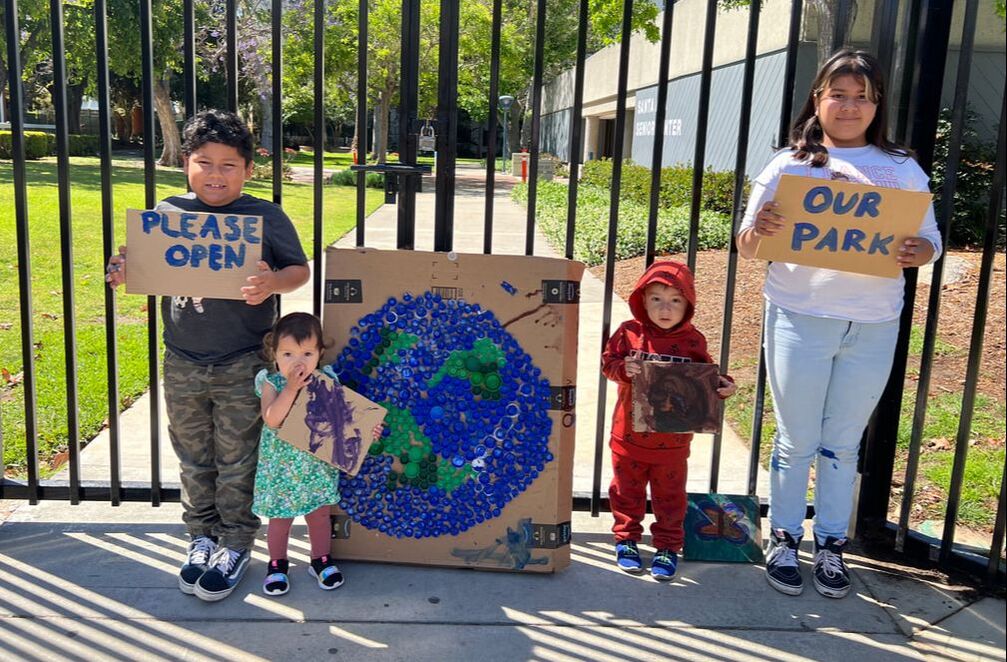
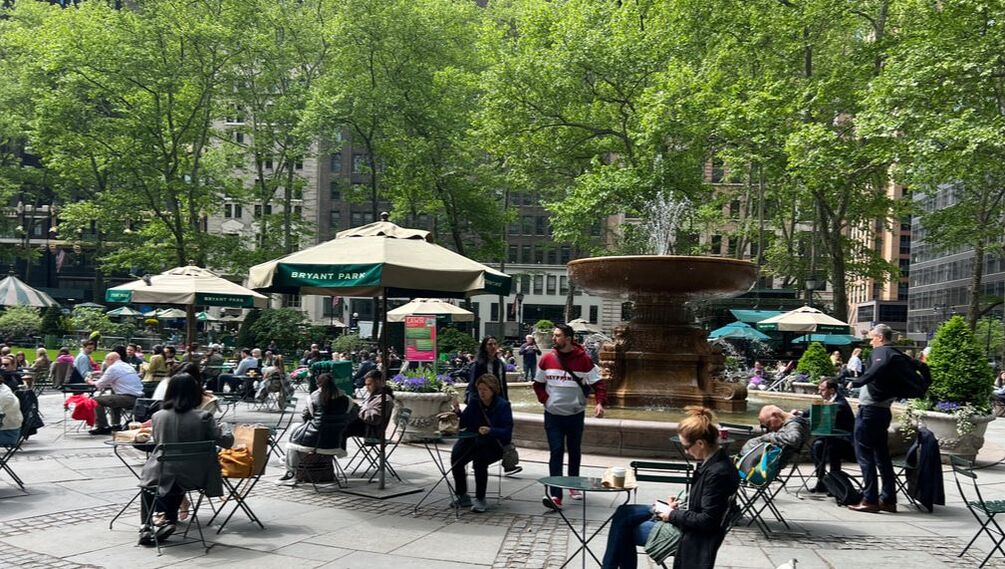
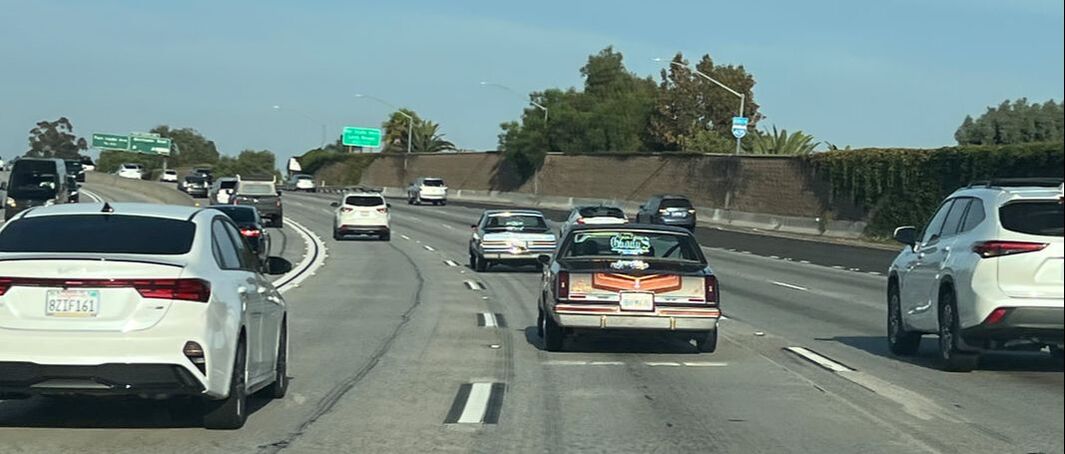
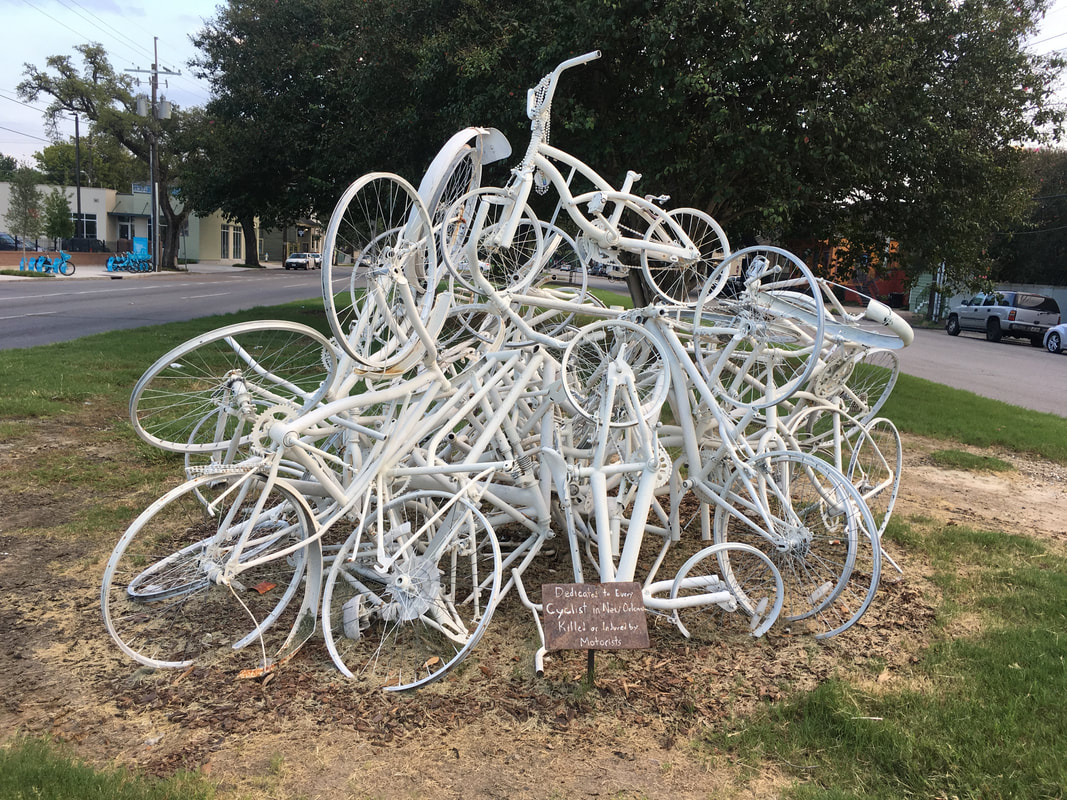
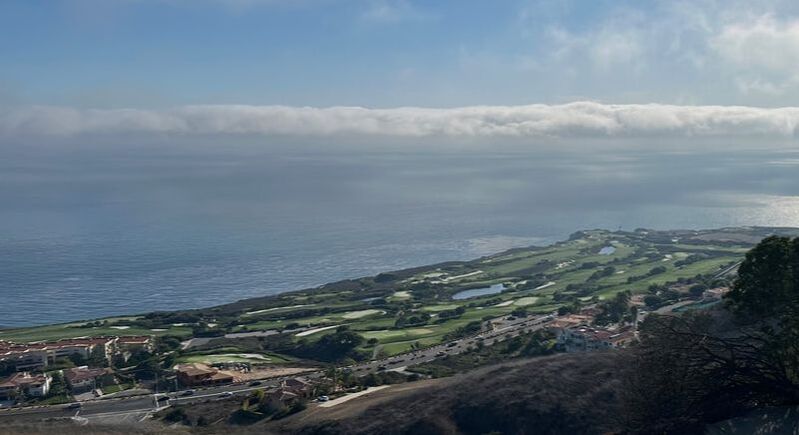
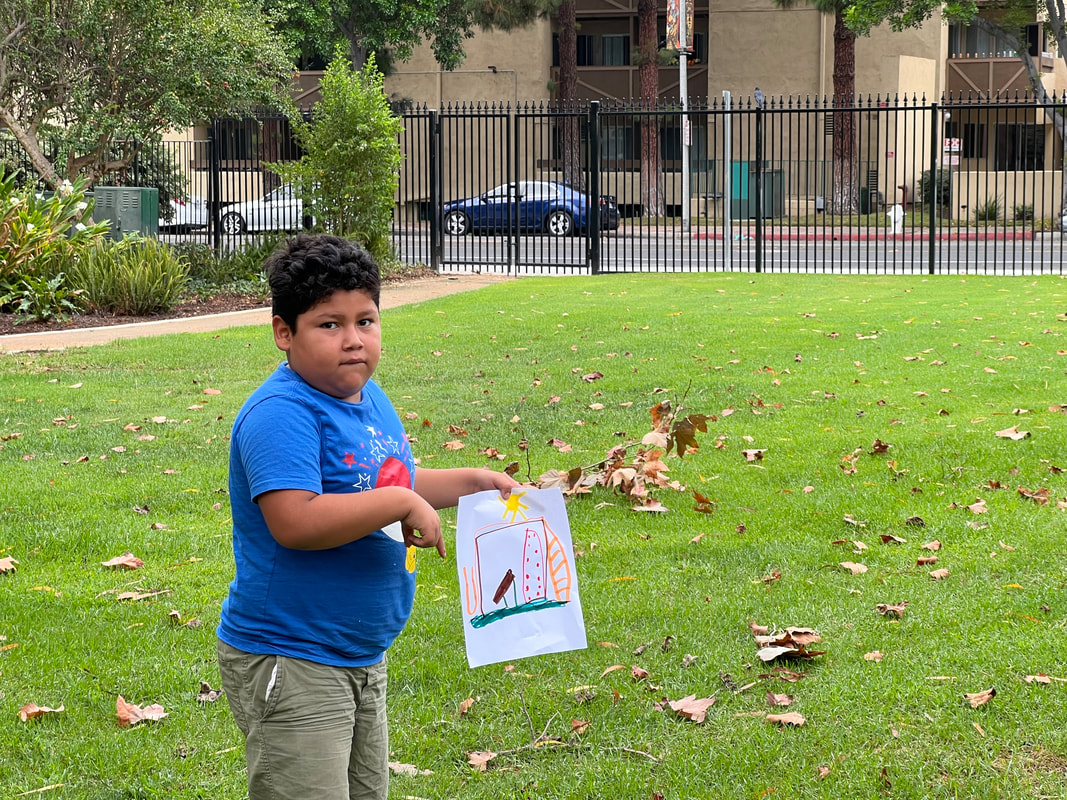
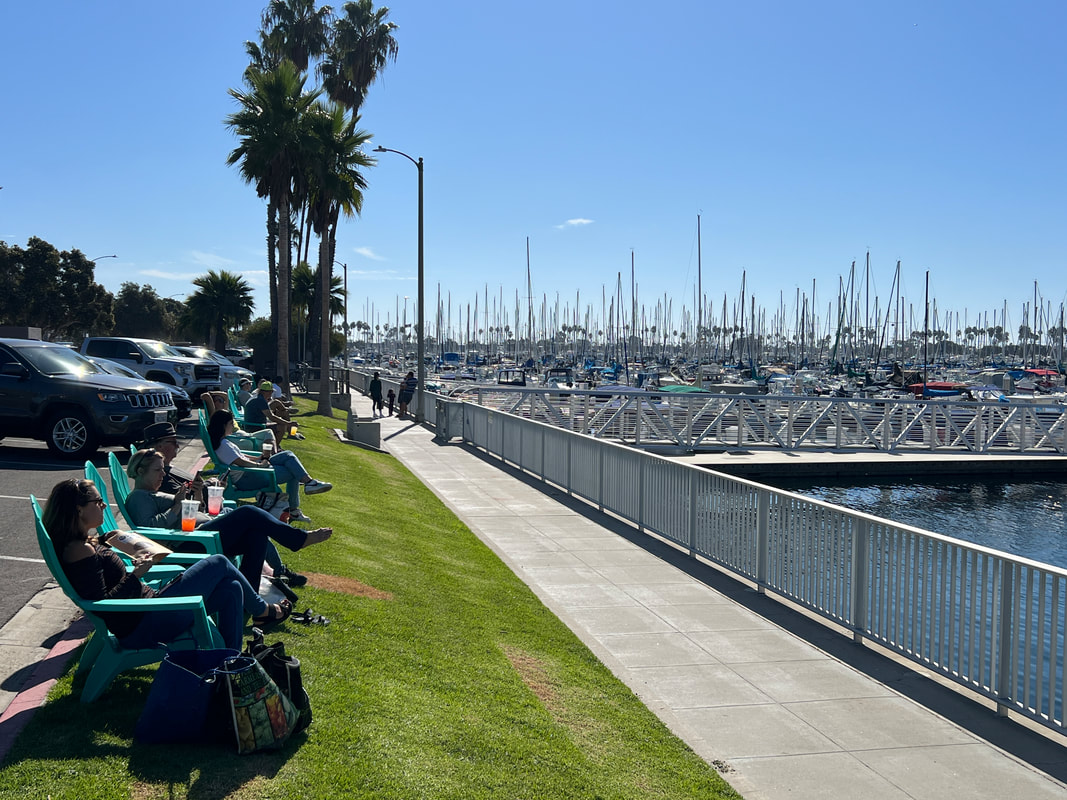
 RSS Feed
RSS Feed
